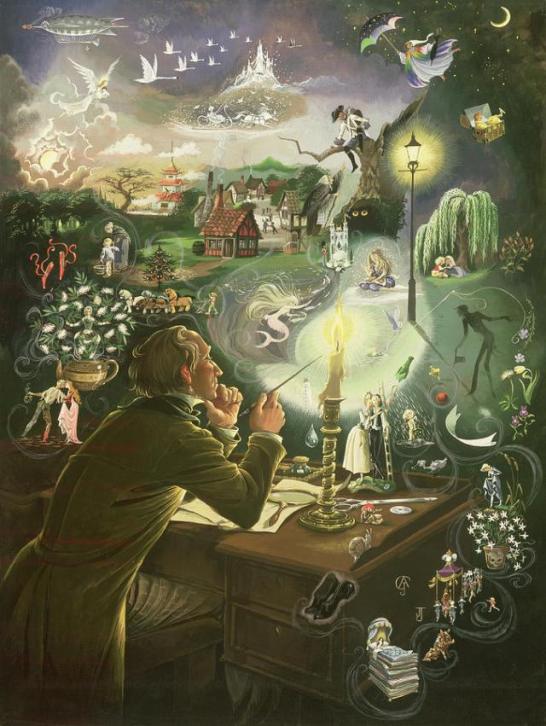A few weekends ago, my husband and I set to the task of organising our book collection. We had books on shelves in the living room, in the kitchen, and in two bedrooms. Aside from most of those in the kitchen being food-related, there was little in the way of categorisation! Now, by being somewhat ruthless and sending four boxes of books that we thought we’d never read again to the charity shop, we have all our books in one room and they’re fairly organised: essentially, we have our own little library.
Since taking up creative writing, I look at and read books differently than I did before. I find I pay closer attention to style, voice, characterisation and structure. My mode of reading now is akin to how it was back in high school English class when I knew I’d be expected to discuss the material or write an essay on it. I’m consciously absorbing little details that previously would either have been picked up subliminally or would have gone completely unnoticed. In recent months, I’ve also been studying the formatting of the books that I own – both those I have a physical copy of and those that I have on my Kindle. I’ve read forewords, endnotes, and acknowledgments – pages that I’ve generally skipped over in the past – and I’ve had a good look at cover designs (graphics and wording).
I do most of my fiction reading on my Kindle these days. Not only are the books usually cheaper to buy, but I find the Kindle much easier to hold. There is also the benefit of reduced storage space (our library shelves don’t have much room for more books). I love having the ability to highlight passages that I like (or sometimes dislike) and make notes (I have the Kindle Paperwhite so the benefit of a touchscreen). After finishing a book, I’ll flick back through the highlights and try to analyse what makes those passages stand out for me. Again, it’s a little like being back in high school. If only e-readers had been around twenty years ago!
Another aspect of my reading that’s changed since I started writing is the type of fiction that I read. Sorting through my book collection reminded me that the bulk of my paperbacks can be categorised as science fiction. I have virtually the complete works of both Isaac Asimov and Frank Herbert. I have a large section of a shelf devoted to the likes of Alastair Reynolds, Dan Simmons, and Kim Stanley Robinson. I do have quite a few ‘literary classics’ as well – Orwell’s Animal Farm, Shute’s A Town Like Alice, and Pasternak’s Doctor Zhivago, for example – but, in the days before online shopping took over, it was always the sci-fi section that I’d head to first when I walked into a Waterstones or a WH Smith or the local independent bookshop.
On my Kindle (which I’ve had for nearly two years) it’s a different story: I’ve read numerous out-of-copyright classics (most of them free editions) in electronic form – The Great Gatsby, Around the World in Eighty Days, The Turn of the Screw, to name a few. And I’ve read more modern literary fiction as well: short stories by Margaret Atwood, Harper Lee’s To Kill A Mockingbird (which I somehow never studied in school), novels and short stories by Graham Greene, Ernest Hemingway, and Kazuo Ishiguro.
Very recently, I’ve started looking for good quality self-published fiction to read. Having self-published a book now myself, I know how difficult it is to get a self-published book noticed (especially when it’s a first attempt at self-publishing). I always use the ‘look inside’ feature before buying, and, for every book that I’ve purchased, there have been several that I’ve decided weren’t really my thing judging by the free sample. But I know there are some real gems waiting to be read out there for about the price of a Sunday newspaper.
Do you read books differently since you started writing them? Has getting an e-reader changed what you choose to read? Feel free to comment below.
 Hans Christian Andersen by Anne Grahame Johnstone
Hans Christian Andersen by Anne Grahame Johnstone 